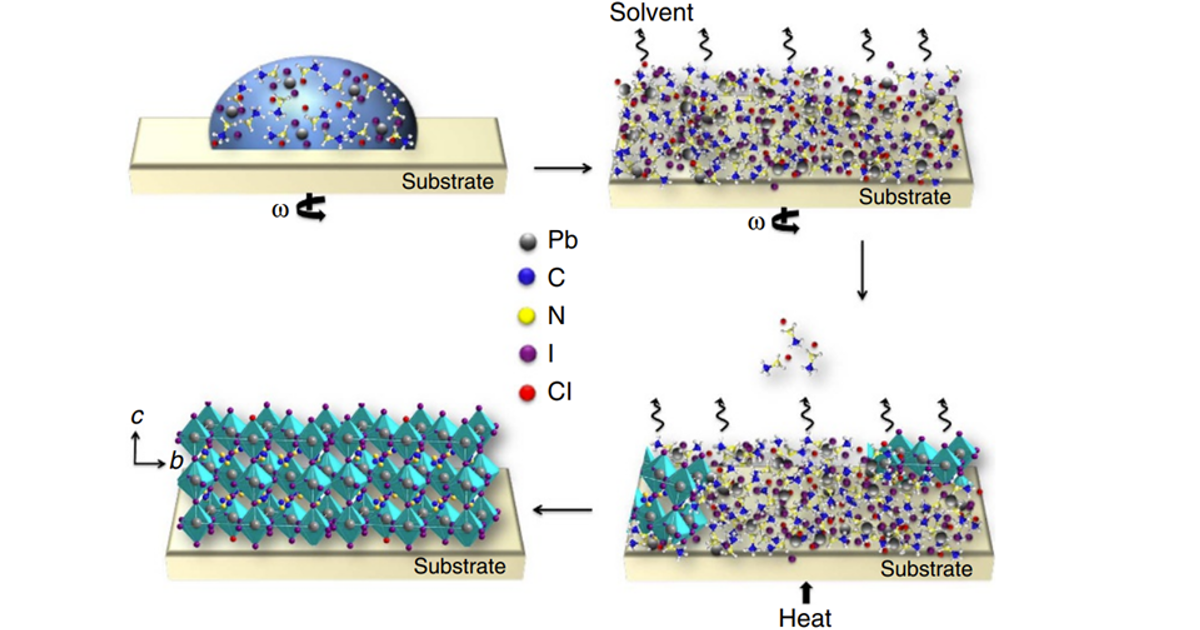- 2.8Impact Factor
- 5.4CiteScore
- 15 daysTime to First Decision
Studying the Optoelectronic Applications of Coating Materials for Perovskite Crystals
This special issue belongs to the section “Surface Engineering for Energy Harvesting, Conversion, and Storage“.
Special Issue Information
Dear Colleagues,
Perovskite is a material with a wide range of potential applications. Its unique physicochemical properties make it useful for applications in optoelectronics, electronics and energy.
It is well known that the research and development of coating materials for perovskite crystals has made great progress in recent years. In comparison to conventional polycrystalline organic/perovskite coating materials, emerging coating materials for perovskite crystals with few defects and an intrinsic lack of grain boundaries possess higher charge transport efficiency levels, longer exciton diffusion lengths, and higher photoluminescence quantum yields, which have received increasing interest due to their various electronic/optoelectronic device applications, such as field-effect transistors (FETs), light-emitting diodes (LEDs), photovoltaics (OPVs), lasers, and photodetectors (PDs). Since its inception, perovskite has seen its fields of application expand.
It is necessary to explore new preparation methods to improve the preparation efficiency and quality of perovskite. Meanwhile, the performance of perovskite will be improved to meet the needs of various fields, such as materials, optics, photonics, and solar cells. Most importantly, its applications will continue to expand and the performances of the resulting devices will continue to improve.
This Special Issue will present research that outlines the progress in new material designs, efficient fabrication methods, high-peformance optoelectronic devices, and integrated device applications of coating materials for perovskite crystal. We invite authors from leading groups in the field to contribute original research articles and review articles that reflect recent progress in the use of coating materials for perovskite crystal.
Dr. Xueqiong Su
Dr. Yong Pan
Guest Editors
Manuscript Submission Information
Manuscripts should be submitted online at www.mdpi.com by registering and logging in to this website. Once you are registered, click here to go to the submission form. Manuscripts can be submitted until the deadline. All submissions that pass pre-check are peer-reviewed. Accepted papers will be published continuously in the journal (as soon as accepted) and will be listed together on the special issue website. Research articles, review articles as well as short communications are invited. For planned papers, a title and short abstract (about 250 words) can be sent to the Editorial Office for assessment.
Submitted manuscripts should not have been published previously, nor be under consideration for publication elsewhere (except conference proceedings papers). All manuscripts are thoroughly refereed through a single-blind peer-review process. A guide for authors and other relevant information for submission of manuscripts is available on the Instructions for Authors page. Coatings is an international peer-reviewed open access monthly journal published by MDPI.
Please visit the Instructions for Authors page before submitting a manuscript. The Article Processing Charge (APC) for publication in this open access journal is 2600 CHF (Swiss Francs). Submitted papers should be well formatted and use good English. Authors may use MDPI's English editing service prior to publication or during author revisions.
Keywords
- coating materials for perovskite crystal
- photoelectric components
- quantum dots
- nanolaser

Benefits of Publishing in a Special Issue
- Ease of navigation: Grouping papers by topic helps scholars navigate broad scope journals more efficiently.
- Greater discoverability: Special Issues support the reach and impact of scientific research. Articles in Special Issues are more discoverable and cited more frequently.
- Expansion of research network: Special Issues facilitate connections among authors, fostering scientific collaborations.
- External promotion: Articles in Special Issues are often promoted through the journal's social media, increasing their visibility.
- e-Book format: Special Issues with more than 10 articles can be published as dedicated e-books, ensuring wide and rapid dissemination.

